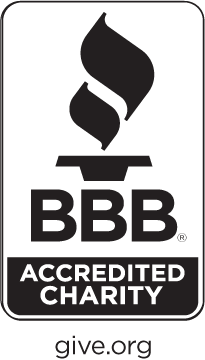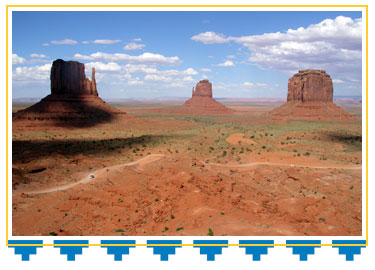
 |
 |

 |
 |
| Home | ||
| The NRF Way | ||
| Navajo Reservation | ||
| Living Conditions | ||
| How to Help | ||
| Resources | ||
| Site Map | ||
| IRS Form 990 | ||
|
 About 1,000,000 Native Americans live on reservations in our service area, in conditions that are "four to five decades behind the majority of Americans" (Sept. 12, 2002, Rocky Mountain News). It is impossible to succinctly describe the many factors that have created the challenges that Native Americans face today, but the following facts about the most pressing issues of economics, health, and housing give a hint of what life is like for many of the first Americans.
Jobs Typically, Tribal and Federal government are the largest employers. The scarcity of jobs and lack of economic opportunity mean that for the Navajo on the reservation, unemployment is seven times higher than the US in 2005-2006 and per capita income is four times lower. Often, heads of household are forced to leave the reservation to seek work, and grandparents take on the job of raising their grandchildren. In order to survive, extended families pool their meager resources to try and provide for their basic needs. Housing The remoteness and limited resources of many reservation communities make it difficult to provide adequate housing. Both homelessness and overcrowding are chronic problems. Because many families will not turn away any family member who needs a place to stay, it is not uncommon for several generations to live in a single household, many in only a two-bedroom home. The housing problem is made worse by the fact that much existing housing is substandard and in desperate need of repair. Despite the Indian Housing Authorities’ (IHAs) recent efforts, the need for adequate housing on reservations is acute. About one-third of Navajo homes are deficient in plumbing and kitchen facilities and do not have bedrooms. About 15% of Navajo homes lack water. About 90,000 Native American families are homeless or under-housed. Health Life expectancy for American Indians has improved yet still trails that of other Americans by a few years. Lack of public health infrastructure and services contribute to the inadequate health care of many Native Americans living on reservations. "The federal government spends half as much on health programs per tribal member as it does on health programs for other Americans," (June 23, 2002, Great Falls Tribune). The pressure to shift from a traditional way of life to a more Western lifestyle has dramatically changed the health status of the Native people, and created a terrible epidemic of chronic diseases such as diabetes, heart disease, and cancer. American Indians have the highest rates of diabetes in the US. Compared to the national average, the rate of diabetes is more than 4 times higher on the Navajo Reservation. The rate of tuberculosis is more than 7 times higher for Native Americans and heart disease is the number one killer. How can I help? |
||
|
|
||
|
| | | | | | | | |
|



